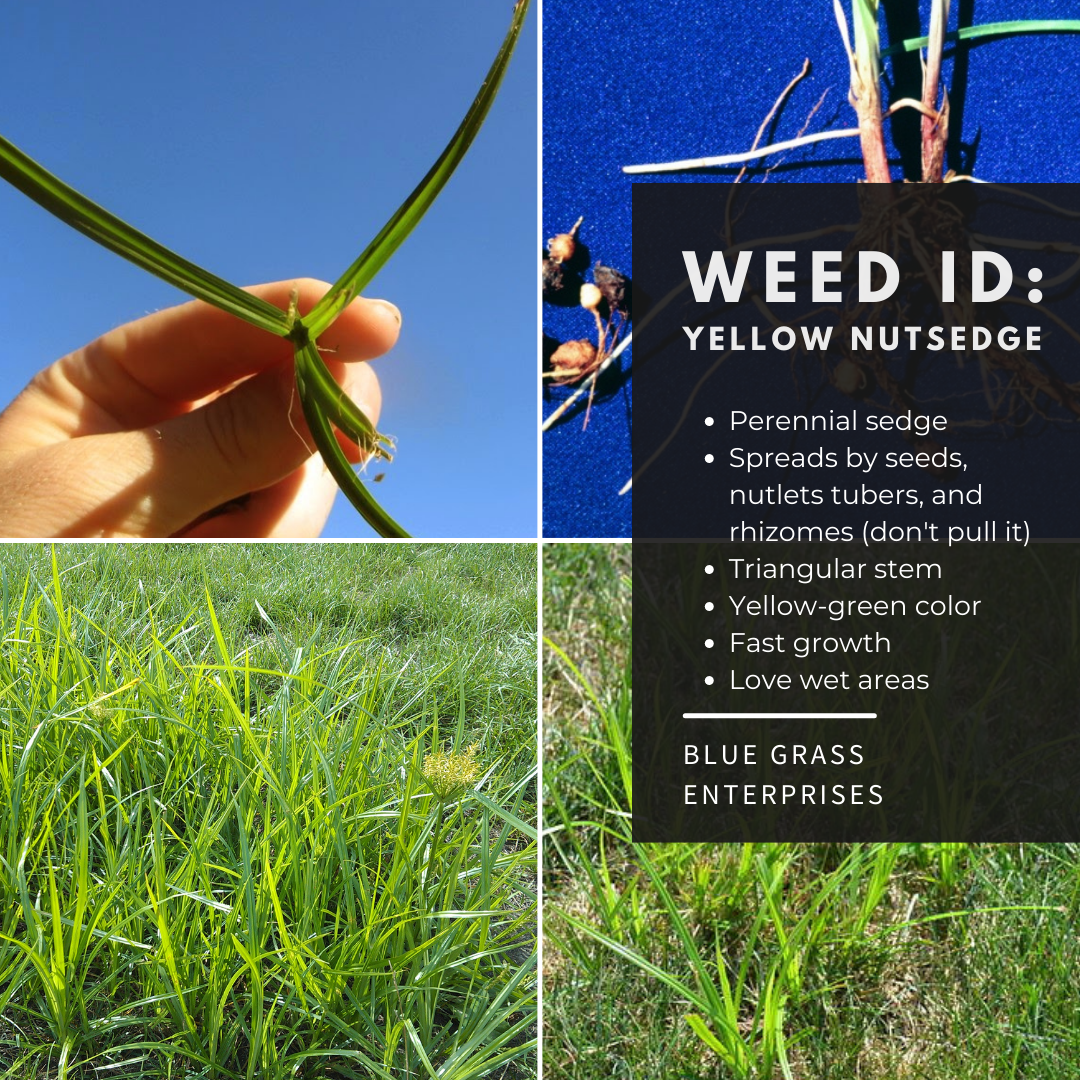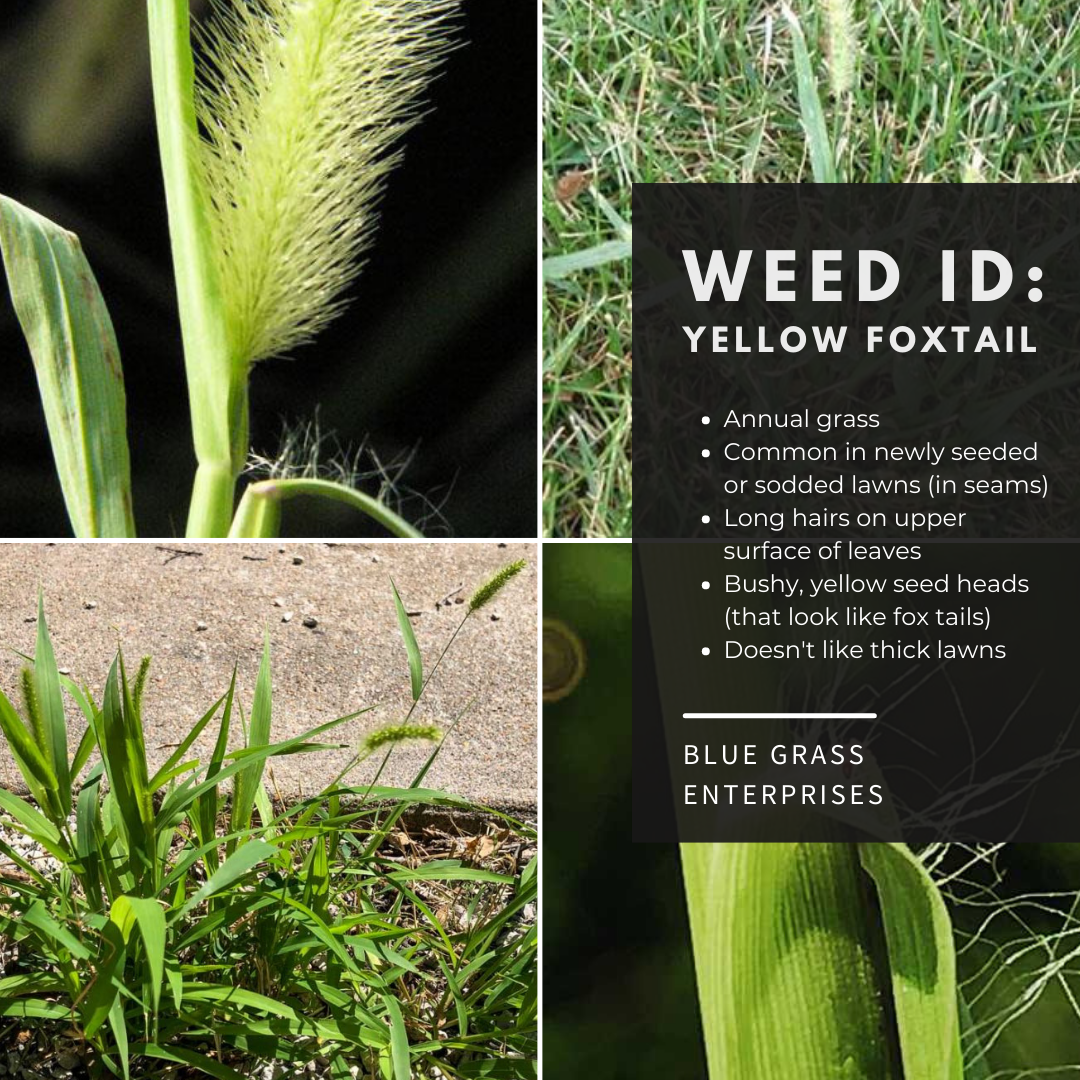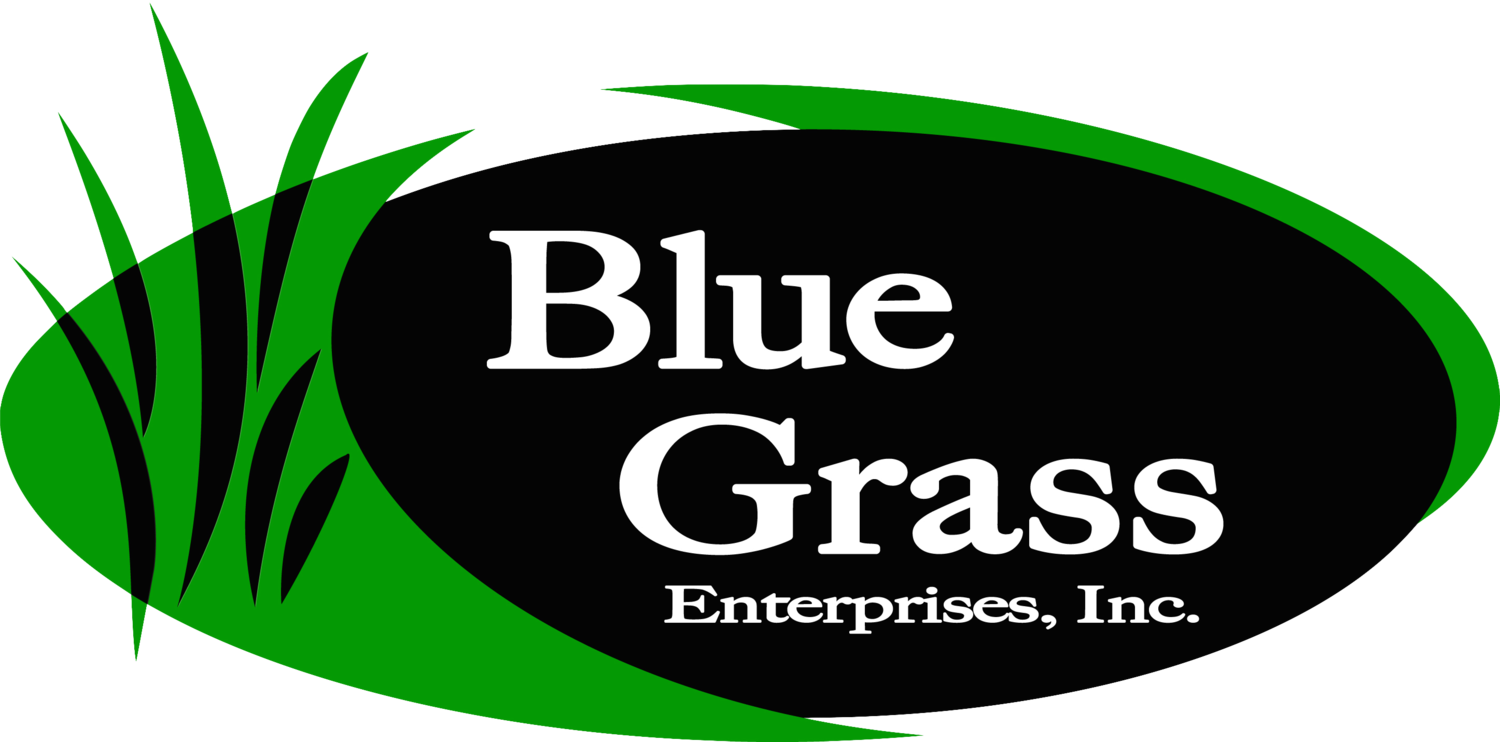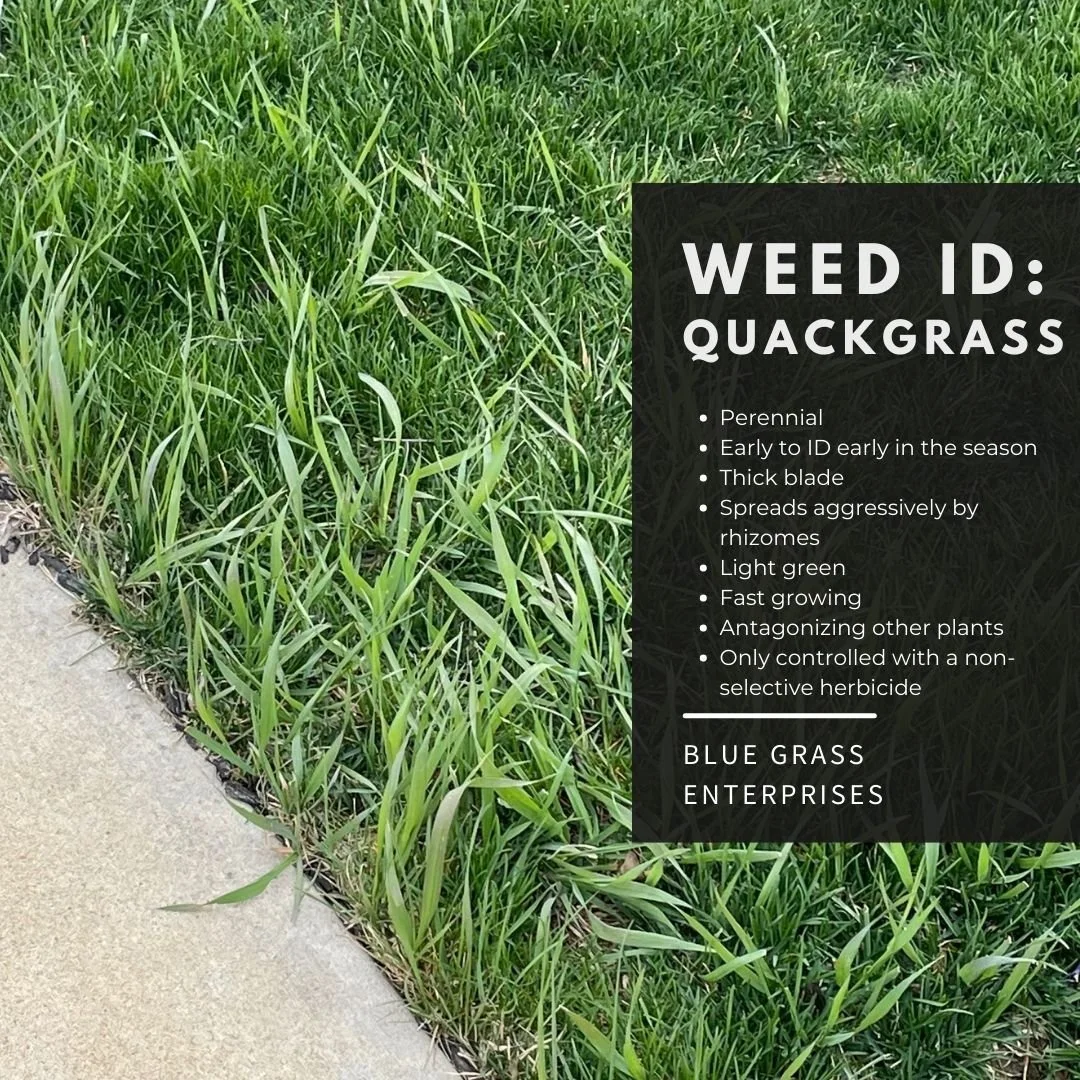First things first: There is no such thing as “Water Grass”.
However, there are many species of grassy weeds commonly found in Iowa home lawns.










Like all plants, different species of grassy weeds have various life cycles, growth habits, and features making them easier or more difficult to control. Understanding these key differences is important in controlling them successfully.
So what do they have in common?
Grassy weeds are monocots with leaves that emerge alternately after germination, as opposed to oppositely (in pairs) like broadleaf weeds. They have hollow stems and leaves that emerge in a rolled or folded fashion from the sheath. Unlike broadleaf weeds, they have parallel veins that run the length of each leaf making them easy to distinguish from broadleaf weeds which have netted veins.
An obvious observation one might make is “If it looks like a grass, it is likely a grass.” However, sedges (such as Yellow Nutsedge), rushes, and even some dicots have long narrow leaves that can be mistaken for grasses. Of course, Mother Nature never likes to make anything toooooo easy for us. Ha!
Proper identification is extremely important in grassy weed control because, unlike herbicides for broadleaf weeds that control a wide spectrum, many grassy herbicides only control a handful of grassy weeds. Furthermore, when trying to control a grassy weed many controls can cause injury to desirable grasses. As a result, not only is it important to know the grassy weed species you are trying to control, it’s important to properly identify the lawn grass as well.
What can I do to stop them from taking over!?
Iowa State crabgrass and mowing height study - Photo credit: Dr. Quincy Law
Grassy weeds are most effectively controlled with pre-emergence herbicides that control weeds immediately after they germinate and before they emerge through the turfgrass canopy, hence the name pre-emergence. Our Step 2 products prevent dozens of grassy weeds, such as goosegrass, yellow foxtail, orchard grass, and crabgrass.
I can only control weeds with chemicals, duh!
Not necessarily. It is important to note our cultural practices on the lawn can also have a big impact on weed pressure, both positively and negatively.
For example, consider this image from a mowing height study done by Dr. Quincy Law of Iowa State University. These plots were fed identically (without crabgrass preventer). You can clearly see that the lower the mowing height of the plot, the more pressure occurs from crabgrass.
Iowa State feeding practice and weed pressure study - Photo credit: Dr. Quincy Law
Another cultural practice that will impact weed pressure is your feeding program. This second photo from Iowa State does a good job illustrating how feeding practices will influence weed activity in the lawn as well. It is important to point out in this case that the Nitrogen (N) being used for feeding these study plots is not killing the dandelion weeds. Rather, the thicker stands of turn (a result of the stronger feeding program) are doing a better job of naturally crowding out competition.
Sweet! I’m going to skip crabgrass preventers 4-eva!
You certainly could. However, remember that many annual grasses (like crabgrass) are prolific seed producers. Some estimates from botanists say that a healthy crabgrass plant can produce between 40,000 and 100,000 seeds per season. Yikes! Each year you skip control of something like crabgrass control will simply compound future pressure in the lawn.
Very cool (but possibly worse news?) comes from Michigan State University with the longest-running research study in the world. Researchers from MSU have been working for over 140 years (you may have guessed that it isn’t the same scientist every year…) to determine if weed seeds that were harvested 140 years ago are still viable today. (Read more about this study here!) Guess what? There are several species of seeds still growing, in the study, despite laying dormant for more than 140 years.
This is a good reason to not get into the habit of skipping the use of preventative products (like our Step 2 products)! Seeds (both good and bad) are hanging out in your soil profiles, just waiting for their time to shine!
We’re DOOmed!
Not at all. How about some good news on the grassy weed front?
In Iowa, most summer annual weeds will be naturally killed off by the first frost of the year (typically in October). If you applied a pre-emergent early in the year but are seeing late summer or early fall breakthrough of these grassy annuals, you can either 1) do a second feeding with the Dimension-only Step 2 product, or 2) simply wait for the killing frost that happens (on average) around the 15th of October. Be sure to thank Mother Nature for the assist at the end of the season!
Be sure to apply pre-emergence herbicides before germination. For areas under high weed pressure, two applications can be helpful (spaced out by three to four months).
With post-emergence herbicides, do not apply when the lawn is under heat or drought stress, and do not mow 2-3 days before or after application. As always, follow labeled directions and use these products judiciously.
It’s November, December, January, February, March, or April and I still see grassy weeds!
Bummer. Looks like you likely have a perennial on your hand (one of the most common ones in Iowa is Quackgrass).
Mature perennial grassy weeds are often the most difficult to control. Perennial grassy weeds often have storage organs including rhizomes and stolons that can store vast amounts of energy deep in the canopy or underground that allow them to recover from herbicide applications. As a result, herbicides often result in visible injury but most, if not all, take repeated applications to fully kill the weed.
Another common perennial grassy weed that finds its way into Kentucky bluegrass lawns is tall fescue. Tall Fescue is relatively easy to identify because of its hallmark deep veins on the leaf, as well as its bunchy growth habit and fast-growing rate. Unlike many of the plants mentioned above, it is possible to dig tall fescue out of a lawn successfully, as it does not spread by rhizomes.
What about broadleaf weeds!?
Those, my friend, are a whole other ball of wax. Read more here!





